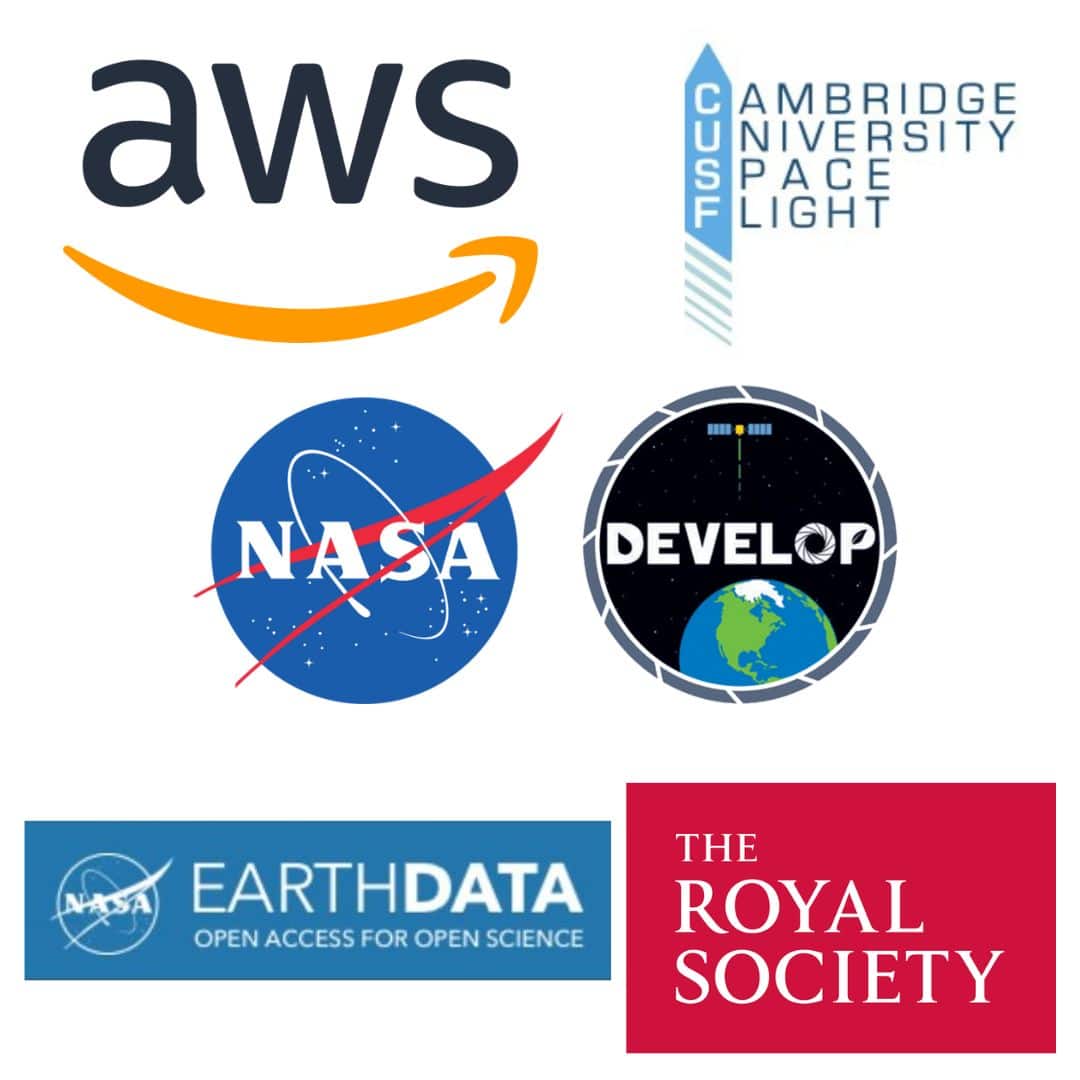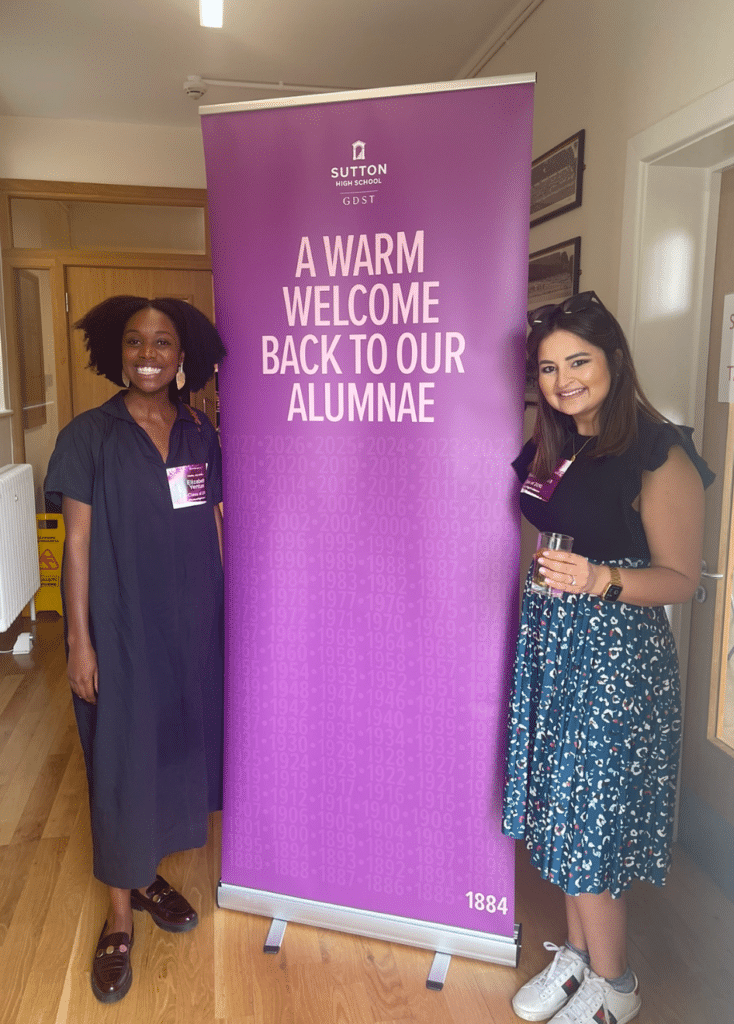We are delighted to announce that Sutton High School GDST has been awarded a 2023 Royal Society STEM Partnership Grant, focusing on the target area of computer science for space technology. The Royal Society’s fundamental purpose, reflected in its founding Charters of the 1660s, is to recognise, promote, and support excellence in science. It has played a part in some of the most fundamental, significant, and life-changing discoveries in scientific history.
Partnering with Cambridge University Space Flight, Launch Access Ltd, Amazon Web Services (AWS), NASA DEVELOP and NASA Earth Science Data Systems, the focus project to be funded by the grant this summer term involves an investigation into aerial image and sensor data collection from remote airborne devices, for cloud computing-based machine learning processing. In the case of imagery, the goal is to carry out image recognition in aerial images via computer vision algorithms, and in the case of air quality sensor data, the goal is to automate predicative regressions, so to draw environmental conclusions following its correlation with existing NASA Earth satellite data covering the same local areas over the last few decades.
During the project, two progressive field experiments will be carried out by Sutton High senior computer science students participating in the GDST Space Technology Diploma Programme, which will involve their building computerised data collection payloads for deployment by both high-altitude balloon (HAB) and research rocket (for parachute descent), to collect local UK aerial image and sensor data readings.
The field projects will follow a version of the NASA DEVELOP experiential internship model, which will be adapted by lead teaching staff at Sutton High School GDST and Cambridge University Space Flight, to accommodate a scaffolded computer science project learning approach by participating students.
The adapted learning model will be formulated in line with the Royal Society’s scientific methodology process, and its resulting project evaluation report is hoped to formalise a record of the first-test practical attempt of the learning model. Building on evidence obtained during student completion of tasks during and encompassing the field trips involved, the evaluation is anticipated to report back on the varying style computer science automation programs coded by the students, including imager and sensor airborne robotic operations and their data collection, transmission and cleaning, elements of remote edge computing of the data whilst still airborne, and finally, processing and analysis of the ground received data using a number of synchronised AWS cloud interface tools, for informative output predictions useful to Earth and space science industry users.
Earlier in the year, AWS invested in constructing an accessible, student cloud-based platform via a Proof of Concept (POC) agreement with Sutton High, in preparation for the school’s Royal Society application. The resulting POC platform will be used to facilitate computing logistics for the upcoming student-focused remote sensing field projects.


